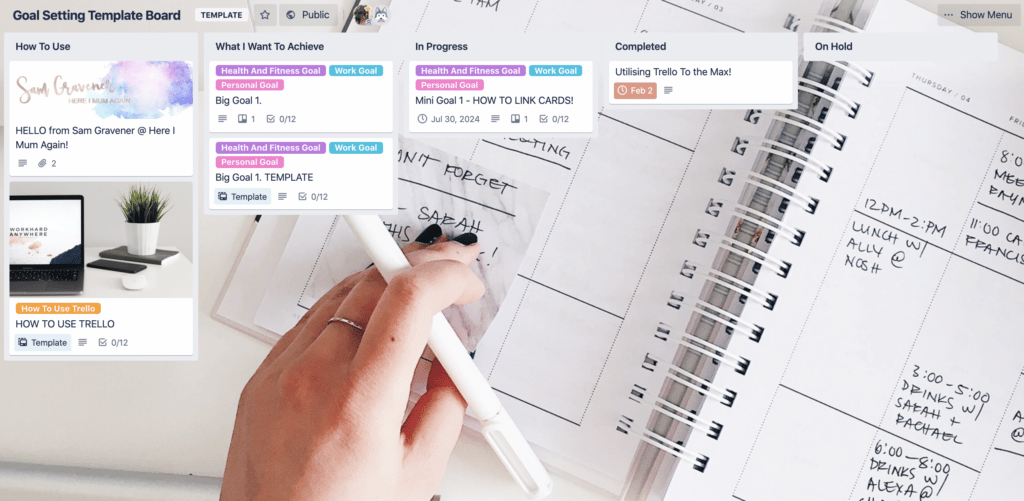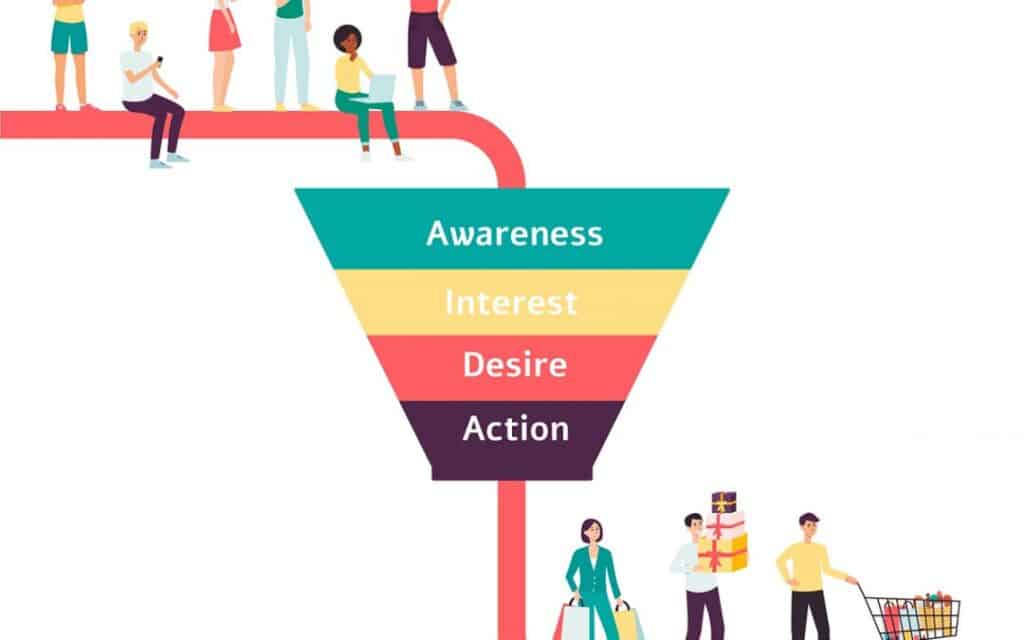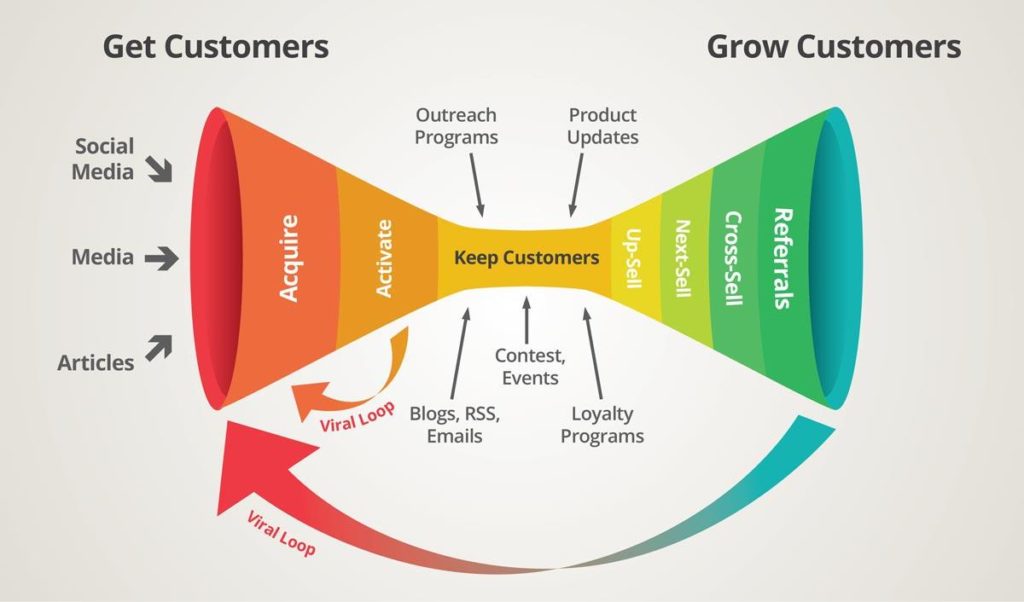Starting a side hustle from scratch with the intention of growing it into a full-time gig takes a considerable amount of time, effort, dedication, and discipline. To put things into perspective, 89% of small business owners work weekends, and 86% take home less than $100,000.
This gives you an idea of how hard it is to start ― let alone scale ― a business, no matter the size. However, the one great thing about side hustles is that the commitment isn’t as intense as it would be if you were running a business full-time from day one.
Side hustles are a great way to dip your feet in the water without feeling like you’re taking such a big risk. But as with any viable business idea, you have to develop a plan before beginning any execution.
In this blog post, I’ll give you a clear 60-day action plan you can use to jump-start your side hustle.
Start with the Basics
Before you dive into taking action, you have to look at the bigger picture and examine “why” you want to start this side hustle. It’s important to have a bigger purpose other than to make extra money. I say this because if you make your purpose about money alone, you’ll burn out, and the true passion behind starting your side hustle will fizzle.
So make sure you have the following covered:
- Write down your vision.
- Be clear on what you want to accomplish after the first 30-60 days.
- Commit to how much time you’ll put aside every day to work on your side hustle.
- Know who your target demographic is and what makes them tick.
Having the right mindset is going to help tremendously. That’s because as you start up your side hustle, you’ll also realize there are a ton of little things you won’t enjoy doing but will have to do anyway because they’ll be instrumental for growth.
For example, I love to write blog posts, but I don’t always enjoy having to go back to edit the posts. This is just a part of the process. I have to go back through all of the content I write to ensure everything I put out there speaks the truth of what I believe and also adds value for you as my reader. Once I do that, I am then able to hand off the final proofreading to my copyeditor.
First 30 Days
Narrow down what your primary focus areas will be for the first month, how you will measure success, milestones you want to surpass, and how you can transition into the 60-day mark.
Start with a simple template. I’d recommend Trello because it’s really intuitive to use, and it’s free. So you can begin with something like this:

Having a simple road map of what you want to achieve within the first 30 days will be instrumental in keeping you on track as well as holding you accountable for what needs to be done.
What I love about Trello is that it’s easy to use, and you can even create checklists within each task card if there are individual steps that need to be completed to accomplish the larger task.
Here are good areas to focus on:
- Get focused and refine your idea into something that’s actionable.
- Know “who” you’re going to target and “how” you will reach them.
- Develop a simple financial model to show how you will make money and how much money you’ll need to spend to kick-start your side hustle.
- Launch a website that highlights your expertise.
- Launch a blog and write at least five blog posts to give it life within this first month.
- Make sure you install Google Analytics onto your website, so you can collect data on who’s visiting your website, from where, and the top-performing pages as well as content.
- Research different ways to organically promote your side hustle.
- Research different ways you can cost-effectively pay to promote your side hustle.
- Start planning for the next month as well, especially around the content and executions you want to take charge of.
60 Days In and Counting…
The next 30 days will be all about execution. The best way to bridge the gap between your idea and making it a reality is to take massive action. This second month is so important for giving your side hustle life, and the best way to do that is to push marketing and sales tactics.
The first place to start is to visualize what you’re trying to achieve. I recommend laying out a marketing and sales funnel that aligns with your financial goals around your side hustle. Here’s an example:

Once you outline the different stages you want to funnel people into, refine each stage to align with the actual execution.

Here are some ideas to help get you moving:
- Make sure you have a solid content strategy. Positioning good content with everything you do will help build trust and credibility.
- Build out your social profiles so you can share your content there.
- Look to repurpose your content where it makes the most sense (e.g., Medium, Pulse, etc.).
- Look at niche sites where your target audience hangs out, and make sure you have a presence there as well.
- Test social ads and Google Ads with a small budget.
- Build an email list, so you have people you can nurture into paying customers.
- Look at who you can build strategic partnerships and working relationships with. As I’ve mentioned in previous blog posts, look at people who are already doing what you want to do and learn from them.
- Are there affiliate products that are complementary to what you are doing? If so, look at how you can sign up to become a partner.
Moving Forward
Once you begin collecting data around your executions, you should be able to see what’s showing life and could work in terms of monetization. I’d recommend doing monthly reviews of any data you’ve collected, refining your implementations, and planning around those.
Finally, make sure you’re authentic. Don’t start off by just trying to make money. Making that the goal is going to hold you back from adding value first. So flip it. Add value, then see how you can make money off of that.






2 Responses